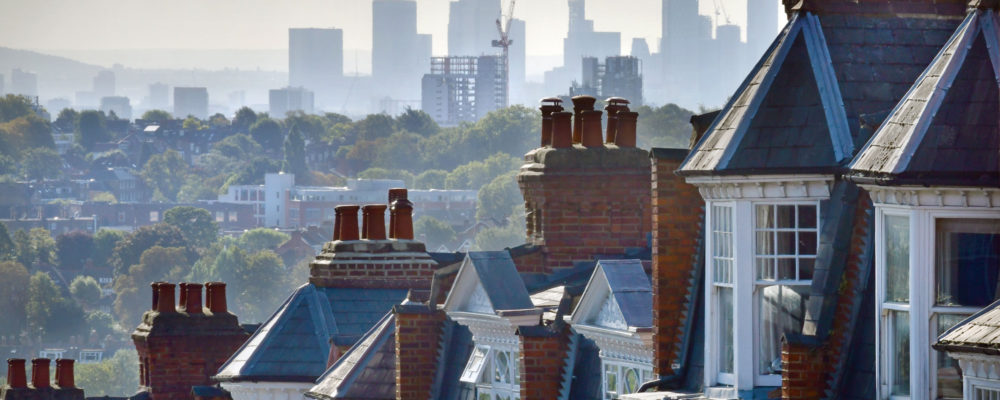
The lockdown restrictions imposed in March brought the housing market to a standstill, but now the market is open for business again, how have things changed? Are people still keen to move, and if so, what kind of choice is available to them?
We’re here to take a look at the current state of the housing market, and what prospective buyers can expect to see when they venture into it.
A surge in house buys
It’s been more than two months since the government announced people could move home again in England. According to Richard Donnell, director of research and insight at Zoopla, this pandemical pause created a build up in demand that led to a surge in house purchases following the relaxation of restrictions. The result is that house sales in England are now higher than they were at the beginning of March, and the rest of the UK seems to be following suit.
However, things aren’t quite back to normal. The number of house sales agreed in the first half of 2020 are still 20% lower than for the same period last year. That could mean the market finishes the year 15% down on transactions, but considering how bleak things were looking in March, that would actually be quite a good outcome.
House prices are rising
With people clearly keen to get moving again, is there the supply to satisfy such demand? Unfortunately for prospective homebuyers, the answer is no. While 2020 has so far seen a 25% increase in demand for housing, this is accompanied by an 18% drop in new available houses, and an almost 10% drop in total supply. In short, more people want to buy than sell.
The upshot is that house prices are on the rise; the price of UK homes grew from 2.4% in March to 2.7% in June, with cities where supply is furthest from meeting demand such as Sheffield, Liverpool, and Manchester seeing the biggest rises.
Are more people moving to the countryside?
As we revealed in a recent article, there seems to be an increasing desire among prospective homebuyers for properties in more rural areas.
With lifestyles becoming more digitised and less reliant on proximity to shops and workplaces, this does make sense. However, while Zoopla’s figures support this, they believe it is more of a blip than a trend, and the biggest demand continues to be for housing in cities.
Is the stamp duty holiday working?
Recently we explained the ins and outs of the government’s relaxation of stamp duty, but is there any evidence to show it’s had a positive effect on the housing market?
The recent figures do show an increase in house sales since the stamp duty holiday began on 8th July, but this mostly seems to have affected the London market, which has seen a rise in demand of 27%. This may be an indication that the scheme will see the biggest uptake in those areas of the country where house prices are highest and bigger savings are to be made.
So what can we make of all this?
Although lately time seems to be moving at twice its normal speed, we have to remember that we’re only really beginning to see the impact of coronavirus on our daily lives and spending habits. It will be important to keep a close eye on how the market moves in the coming months to see whether such things as a growing desire for rural properties are a trend or more of a passing whim.
However, the signs are positive, and with demand growing for housing in general, the hope is this translates into more availability, and perhaps more help for homebuyers along the lines of the stamp duty holiday.
Here at Moveable, we’ll be keeping our eyes peeled for further developments, so watch this space for more updates on the state of the housing market.